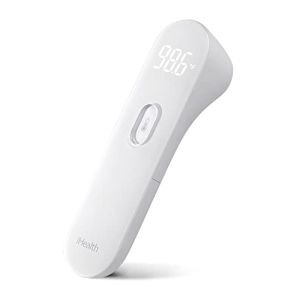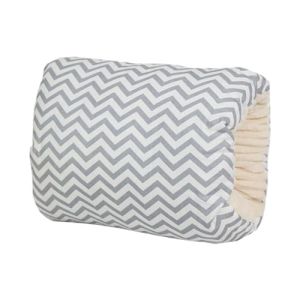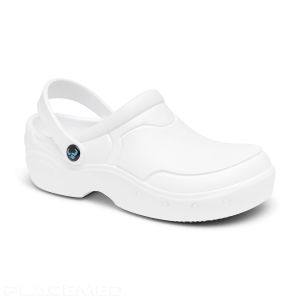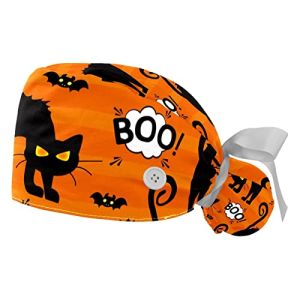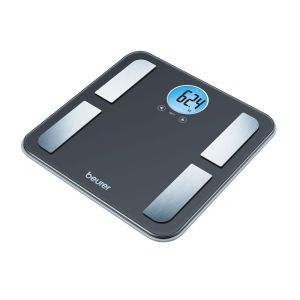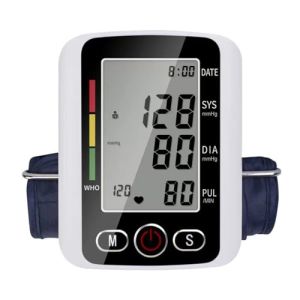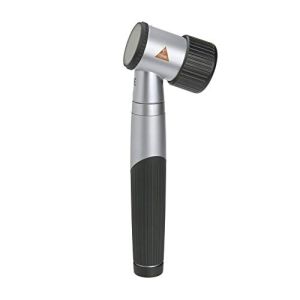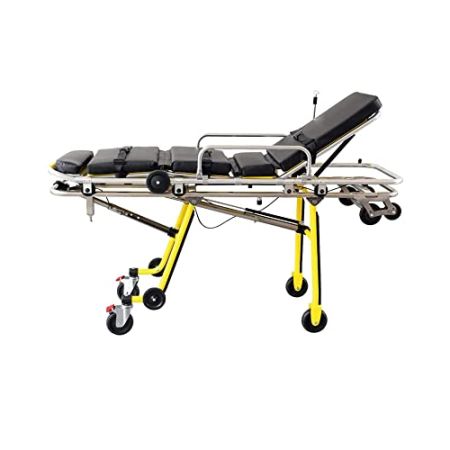
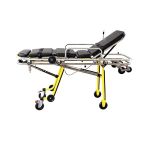
YNB Emergency Stretcher Detachable Aluminum Alloy, Adjustable Stair Chair for Patient Transport
The YNB emergency stretcher, made of aluminum alloy, is detachable and adjustable for safe patient transport in confined spaces like hospitals and emergency vehicles.
- Widely used in emergency vehicles and confined spaces
- Height and angle adjustable for comfortable transport
- Lightweight, durable, and waterproof aluminum alloy structure
- Security system with three belts to safely secure the patient
- Easy to handle, one person can move the stretcher into the ambulance
Certified professionals
Secure transactions
| SKU | B0BF8YZYL4 |
|---|---|
| EAN |
ND
|
Description - YNB Emergency Stretcher Detachable Aluminum Alloy, Adjustable Stair Chair for Patient Transport
The YNB emergency stretcher is designed for professional use in emergency situations. Made from aluminum alloy, it offers a lightweight yet durable construction, ideal for situations where mobility is essential. This detachable stretcher can easily be converted into a chair with a locking mechanism, allowing for patient transport in confined spaces such as elevators, emergency vehicles, and airplanes. It is equipped with three safety belts (chest, hip, and knee) to secure the patient during transport. The leg folding mechanism, controlled by side handles, allows for quick and easy configuration, and the height is adjustable between 65 and 85 cm for added flexibility. With an adjustable knee angle and reclining backrest, this stretcher ensures maximum comfort for the patient while meeting the safety and practicality standards required in medical and emergency environments.
 Francais
Francais 


